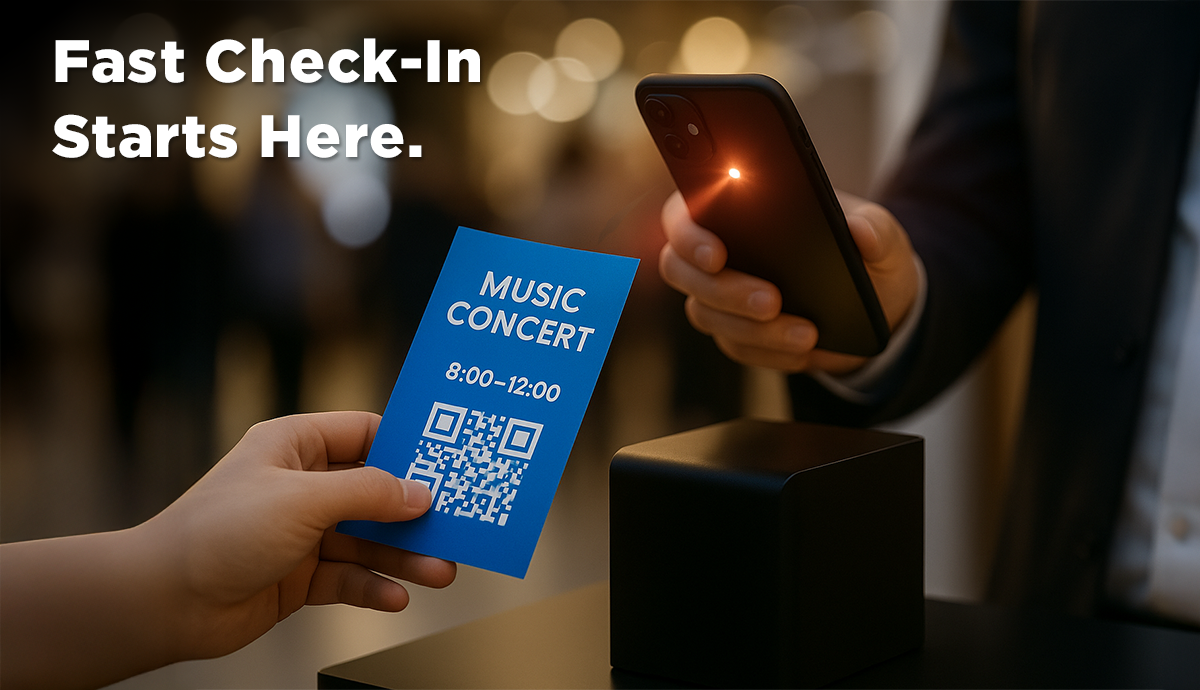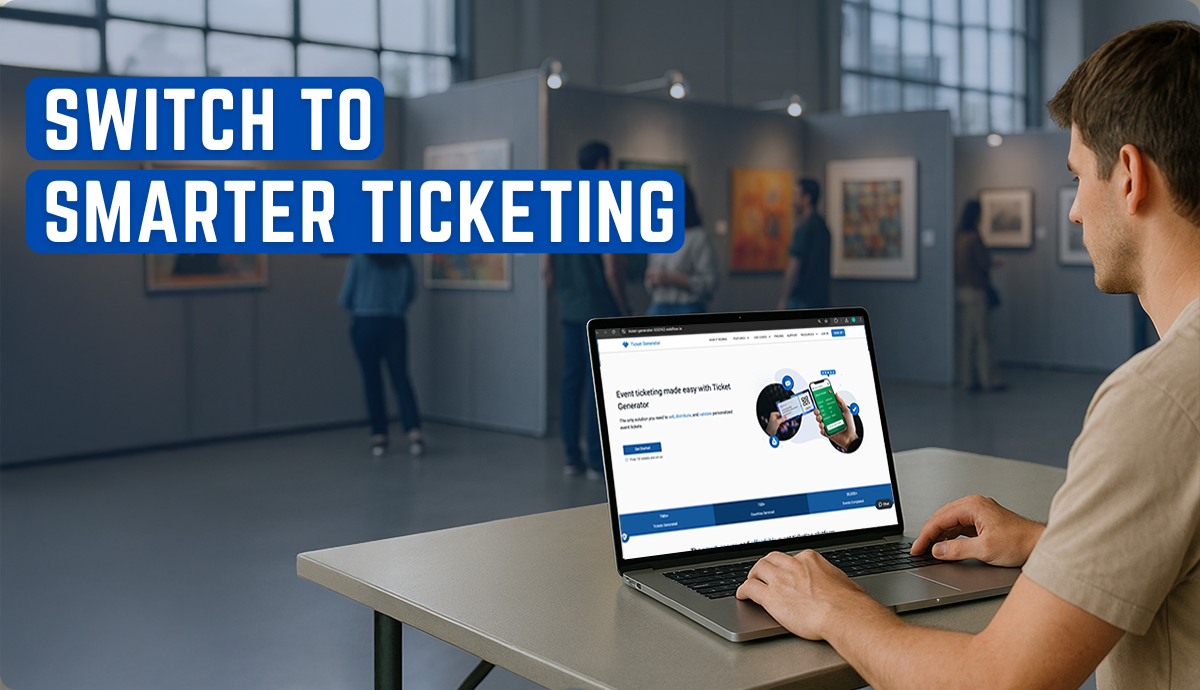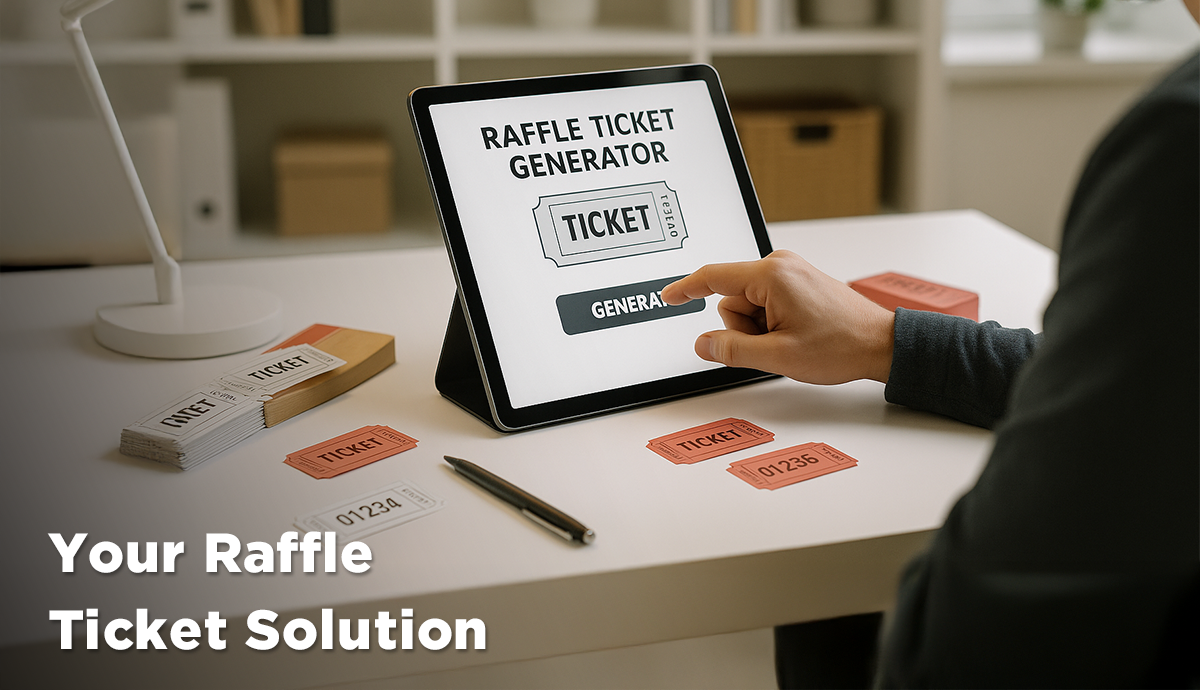Ever attended an event where you felt out of place or unnoticed? Or perhaps worse, have you ever organized an event only to realize later that some attendees were unintentionally marginalized or overlooked? As event organizers or attendees, we have all been there.
But it doesn't have to be this way.
As diversity and awareness of social issues grow, inclusivity has become a key value for many people. And, as part of this social fabric, events are no exception.
However, fostering inclusivity in events isn't always straightforward. It goes beyond picking a wheelchair-accessible venue or adding a few vegetarian options to the menu.
Inclusivity is about making everyone feel valued, heard, and welcomed, regardless of their identity or background.
If you are an event organizer and this resonates with you, excellent! You are just the person we hope to reach with this guide.
In this post, we'll unfold the concept of inclusivity in a relatable way and reveal actionable steps to create genuinely inclusive events.
Let's get started.
A. Understanding Inclusivity
Inclusivity is about ensuring that everyone feels welcomed, acknowledged, and involved. It's about creating a space that caters to all, regardless of their background or needs.
For events, inclusivity means universal access and full participation — nothing less. The venue, communication, content, and dietary options should be thoughtfully planned to accommodate all attendees.
But it's not just about event logistics. Genuine inclusivity goes more profound — it centers around fostering a culture of respect and belonging where diverse views and experiences are valued. When inclusivity is prioritized, events become more engaging, meaningful, and successful.
B. Steps to creating inclusive events
Here are the steps you can take to create an event that is inclusive, welcoming, and respectful:
Step 1: Inclusive event planning
The first step to creating an inclusive event is integrating the foundations of diversity and inclusivity right from the outset.
i. Diverse planning team

Consider pulling together a diverse group of individuals for your planning team. A team that reflects a variety of ethnicities, backgrounds, abilities, gender identities, and ages can bring a myriad of perspectives that help uncover unthought-of challenges and opportunities.
Moreover, the collective inputs can significantly contribute to designing a well-rounded event that appeals to a broad audience.
ii. Inclusivity training for the team
Inclusivity doesn't come naturally to everyone, and therefore, it might be helpful to organize inclusivity training sessions. These sessions can focus on sensitivity and awareness about different cultures, disabilities, dietary restrictions, etc.
Well-trained team members can help handle tricky situations, accommodate special requests, and communicate effectively with a diverse audience.
iii. Stakeholder involvement and survey
Inclusion is about representation and participation. Therefore, reach out and involve more voices in your planning stage. Gather stakeholder inputs, potential attendee feedback, and community recommendations about your event.
One effective way of doing this could be through surveys or polls. This inclusive approach to planning can help identify potential issues and opportunities for inclusivity that might have been overlooked.
Step 2: Venue and accessibility
The accessibility and inclusivity of your event venue directly impact attendees' experience. Choose a venue that caters to diverse needs and preferences.
i. Physical accessibility
Select a venue for everyone, including ramps for people using wheelchairs and accessible restrooms for people with disabilities. This ensures inclusivity for guests with mobility issues.
ii. Event layout

Optimize the layout with wide aisles and clear navigation paths to make it comfortable for all guests, regardless of their mobility. Visible and inclusive signage should be available, like Braille signs for visually impaired attendees.
iii. On-site accommodations
If accommodations are required, arrange for an inclusive solution by providing on-site options or partnering with nearby accessible hotels for all attendees.
iv. Virtual accessibility
For virtual or hybrid events, prioritize inclusivity in digital aspects. Offer closed captioning or sign language interpretation for people with hearing impairments and ensure your platform is user-friendly for people using assistive technologies.
Step 3: Inclusive promotions
Effective promotion is essential for attracting a diverse audience, and inclusivity should be reflected in your marketing efforts.
i. Target diverse channels

Utilize a variety of platforms to reach diverse groups. Partner with diverse communities, organizations, and influencers to create awareness and broaden your reach.
ii. Inclusive language and imagery
Promotional materials should showcase diversity and use inclusive language. Representation matters; ensure visuals depict people of various ethnicities, ages, genders, and abilities. Particular attention should be paid to the language and terms used, avoiding stereotypes and reinforcing positive messages.
iii. Accessible promotional materials
Ensure your event promotions are accessible for people with disabilities. This might include adding alternative text for images, providing video captions, and using clear, easy-to-read fonts on your promotional website.
iv. Highlight diversity and inclusivity efforts
Communicate your commitment to inclusivity and diversity in your event promotions. Highlight accessibility features, diverse speakers, or agenda topics that resonate with a broader audience.
v. Engage the community
Involve the community by seeking their input, encouraging user-generated content, or creating opportunities to co-create promotional content. This fosters a sense of belonging and empowers underrepresented voices.
Step 4: On event day activities
The day of the event itself is a crucial opportunity to foster an inclusive atmosphere. Here are various ways to encourage inclusivity through your event day activities:
i. Inclusive activities

Strategize activities that cater to everyone, keeping in mind individuals of various abilities, backgrounds, and preferences. This could range from a simple networking session facilitating interaction among diverse groups to team-building exercises requiring more structured engagement. Activities that cater to all attendees' interests and comfort levels showcase your emphasis on inclusivity.
ii. Variety and options
Implement various activities to appeal to different tastes, abilities, and energy levels. Offering quieter, low-energy activities alongside more active, high-energy ones allows attendees to choose what suits them best and promotes an inclusive atmosphere.
iii. Sensitivity to cultural differences and individual preferences
Be mindful of cultural differences and personal preferences when planning your activities. Consider culturally sensitive issues and ensure that activities do not favor one group over another.
iv. Effective facilitation
Your event staff are crucial in ensuring the activities run smoothly and inclusively. Train them to facilitate these activities to foster an environment of respect, encouragement, and support.
v. Feedback and adjustment
Encourage attendees to give feedback on the activities and be ready to adapt as needed. This demonstrates that you value their input and experiences, reinforcing inclusivity.
Step 5: Content and communication
Fostering diversity and inclusivity at an event also extends to the content shared and how it is communicated. Take the following steps to ensure your content and communication strategies promote inclusivity:
i. Diverse range of speakers and panelists
Invite speakers and panelists from various backgrounds, ages, genders, cultures, and abilities. This enriches the conversation and demonstrates your commitment to representing different perspectives in your event.
ii. Content relevancy and sensitivity
Make sure the event content is relevant and interesting to a diverse audience. Be sensitive to cultural differences and avoid topics and language that could inadvertently discriminate against or marginalize specific groups.
iii. Inclusive language
When delivering speeches, hosting discussions, or developing event materials, use inclusive and respectful language. Avoid jargon, stereotypes, and insensitive language that could alienate attendees or make them feel unwelcome.
iv. Clear and accessible communication
Communicate with your attendees clearly and effectively, ensuring all event materials, signage, and announcements are accessible. For individuals with hearing impairments, provide sign language interpreters or captioning options; for people with visual impairments, make materials available in other formats like Braille or large print.
v. Encourage audience participation
Make room for audience engagement, including question and answer sessions, interactive breakout rooms, or workshops. Offering opportunities to interact and share ideas makes attendees feel valued and reinforces inclusivity.
C. Best Practices for Creating Inclusive Events
Promoting diversity and inclusivity should be central to every event planning process. Here are some best practices to help you create more inclusive events:
1. Start with a diversity and inclusion mission
Have an apparent diversity and inclusion mission for your event. This guides the planning process and sends a strong message to attendees about your commitment to inclusivity.
2. Assemble a diverse planning team

Creating inclusive events begins with having a diverse team. Planners with varied experiences and perspectives can help create an event that caters to a wide range of attendees.
3. Adopt an inclusive design approach
From the choice of venue to the content and activities, always consider the diversity of your attendees. Inclusive design creates an event experience everyone can fully participate in and enjoy.
4. Provide a variety of options
Offer various options, whether in food choices, activities, seating arrangements, or formats (virtual, in-person, or hybrid events). This respects individual preferences and promotes inclusivity.
5. Prioritize accessibility
Accessibility is key to inclusivity. Ensure your venue and digital platforms (for virtual or hybrid events) are accessible. This includes physical accessibility features like ramps and lifts and digital accessibility features like closed captions and screen reader-friendly content.
6. Train your staff
Ensure all event staff are trained to handle the needs of diverse attendees. They should know the importance of using inclusive language and providing appropriate assistance.
7. Seek feedback
After the event, seek feedback from attendees. This helps you understand what worked and where improvements are needed for future events.
D. How can Ticket Generator help manage diverse attendee needs?
Organizing an inclusive event requires managing diverse attendee needs, and tools like Ticket Generator can significantly simplify this process.
Ticket Generator is a solution designed to manage event registration and ticketing, offering various features that can help accommodate the unique requirements of a diverse audience.
1. Customizable event registration
Ticket Generator allows you to create customizable event registration forms to collect important attendee information. You can collect relevant details such as dietary restrictions or accessibility requirements, ensuring you're informed about and can plan for diverse needs.
Watch more Customizable event registration here
2. Flexible ticket options
The platform enables you to offer various ticket formats to download. Your attendees can choose how they want to receive their tickets, whether it's a printable PDF or an e-ticket. You can also offer multiple ticket types for different prices, allowing you to cover the costs of your event and make it financially accessible for all.
3. QR Code-based ticketing
This platform issues QR Code-based tickets that are compatible with most mobile devices. This helps ensure that your attendees can quickly scan their tickets to get into the event. This will increase security and also the attendee experience.
Watch more QR Code-based ticketing here
4. Customizable ticket templates
This platform allows you to create your custom ticket template, which can be used for any type of event. You can choose between thousands of templates and create a design that perfectly fits your event.
Watch more QR Code-based ticketing here
5. Real-time analytics:
With real-time data and insights, you can monitor your event's progress and make necessary adjustments to accommodate the diverse needs of your attendees. Gathering information about your event will help you ensure that all participants feel welcome in the future.
In the analytics dashboard for event registrations, it is possible to view:
- The cumulative count of visits made to the event registrations page within a chosen time frame
- The collective count of registrations obtained during the specific timeframe
- The conversion rate of registrations, which is determined by dividing the total amount of registrations received by the entire page visits
- The approval rate for registrations is calculated by comparing the number of registrations approved to the total number received.
- Decision outcomes for approvals: received registrations, approved ones, rejections, those on hold, and cancellations.
Watch more QR Code-based ticketing here
Conclusion
In conclusion, creating inclusive events is a celebration of diversity and a necessity for every event organizer. It allows us to foster an environment where everyone feels welcomed and valued.
In creating inclusive events, it's valuable to have a resource that helps streamline administrative processes while supporting the creation of an accommodating environment for all attendees. An exemplary tool in this regard is the Ticket Generator.
Handling diverse attendee needs becomes much more manageable with Ticket Generator. It enables you to create adaptable events attuned to various requirements and preferences. With its vast array of features, from flexible ticket options and automated communication to the provision of real-time analytics, it subtly fits into your event planning strategy.
Start with the event registration page now and get the first 10 tickets for free.






.gif)





